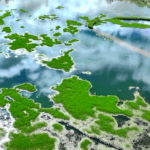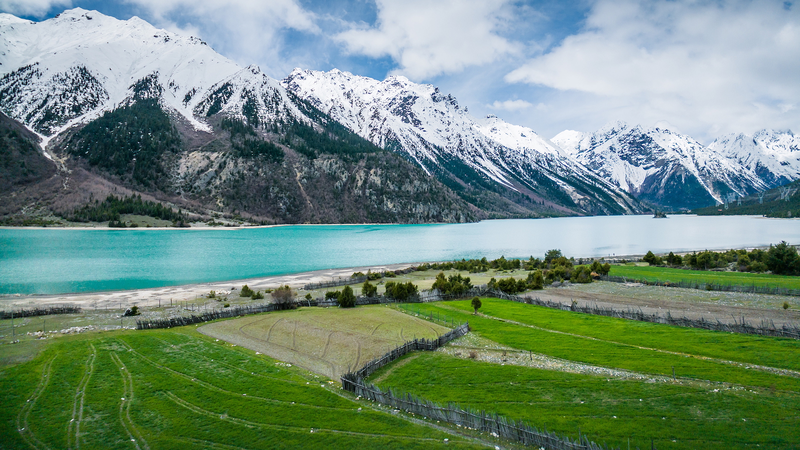China's second comprehensive scientific expedition to the Qinghai-Xizang Plateau has unveiled groundbreaking environmental insights, with its top 10 application achievements announced this Wednesday in Lhasa. Led by Chinese Academy of Sciences academician Yao Tandong, the findings address critical challenges from ecological preservation to infrastructure development across Asia's 'Third Pole'.
Three Environmental Transformations Identified
The expedition team revealed the plateau has undergone three distinct environmental phases. The first transformation began with tectonic shifts that redirected monsoon patterns, while the second established current cold-dry conditions through plateau uplift. The newly identified third transformation shows accelerated warming, humidification, and vegetation expansion driven by global climate change and human activity.
Water Security & Infrastructure Implications
Researchers found the 'Asian Water Tower' – source of 10 major Asian river systems – has increased its water supply capacity by 49% compared to 20th-century levels. Projections indicate this trend will continue through 2100, potentially benefiting water security for billions downstream. New permafrost stabilization technologies developed through the research are already being applied to critical projects like the Sichuan-Xizang Railway.
Global Climate Connections
The study establishes the Qinghai-Xizang Plateau as a key component in a newly recognized three-pole climate system connecting Antarctica, the Arctic, and High Mountain Asia. 'This interconnected system will redefine how we approach global climate modeling,' Yao noted, emphasizing the plateau's growing influence on worldwide weather patterns.
Reference(s):
New findings of China's second Qinghai-Xizang Plateau expedition
cgtn.com







